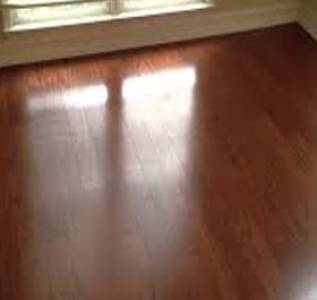
Engineered wood flooring offers the timeless elegance of real hardwood with enhanced performance and stability, making it a superior choice for a wide range of homes and lifestyles. Unlike solid hardwood, engineered wood is constructed using multiple layers of wood, carefully bonded together to create a remarkably durable and dimensionally stable product. This innovative construction addresses many of the shortcomings of solid hardwood, resulting in a floor that is both beautiful and practical.
Construction & Composition:
Engineered wood flooring typically consists of:
Key Advantages of Engineered Wood Flooring:
Considerations when choosing Engineered Wood Flooring:
In Conclusion:
Engineered wood flooring combines the natural beauty of hardwood with superior stability and durability, offering an excellent long-term investment for your home. Its versatility, ease of installation, and wide range of styles make it a popular choice for homeowners seeking a beautiful and practical flooring solution. Contact us today to learn more about our selection of high-quality engineered wood flooring and find the perfect fit for your project.